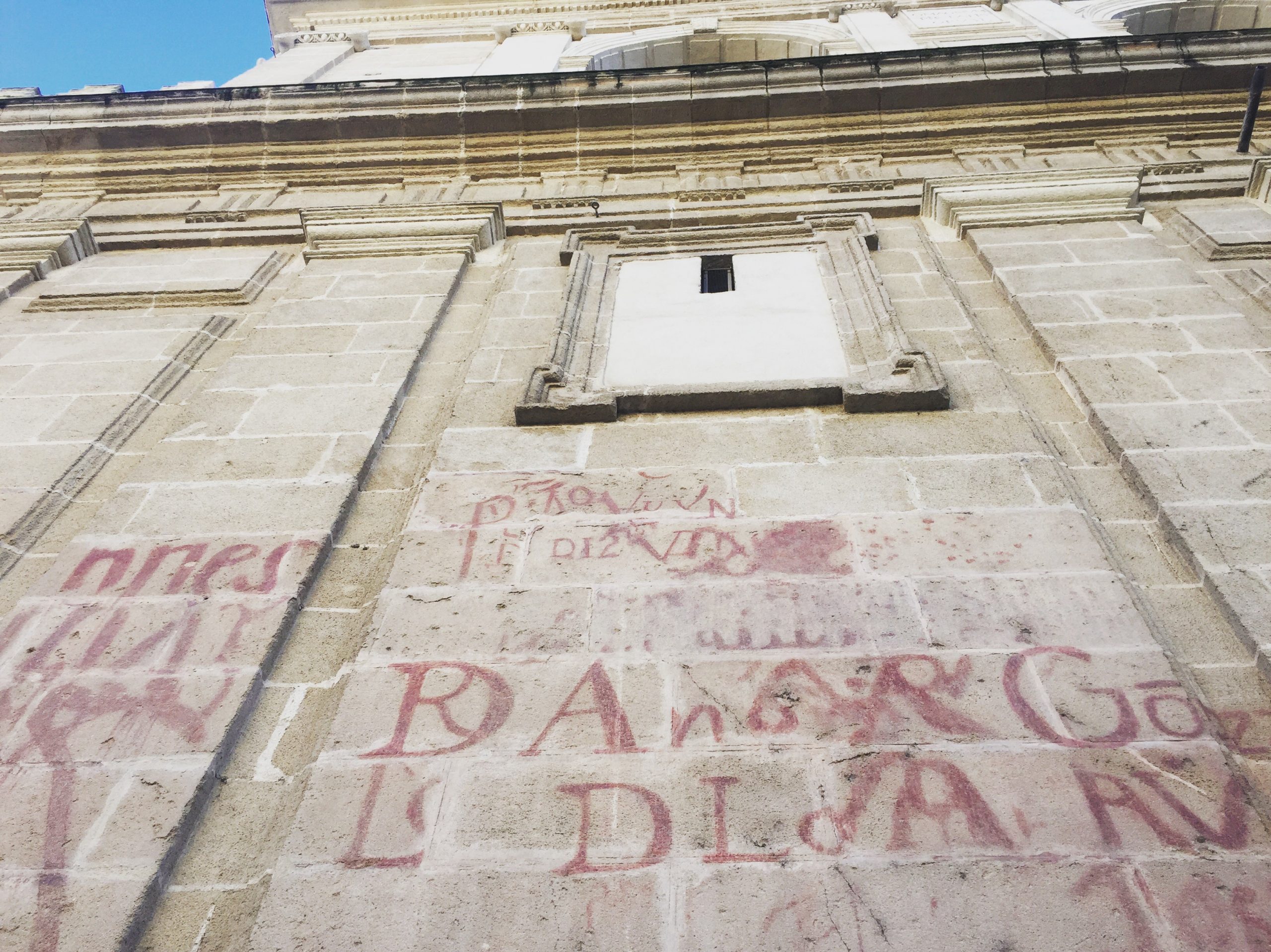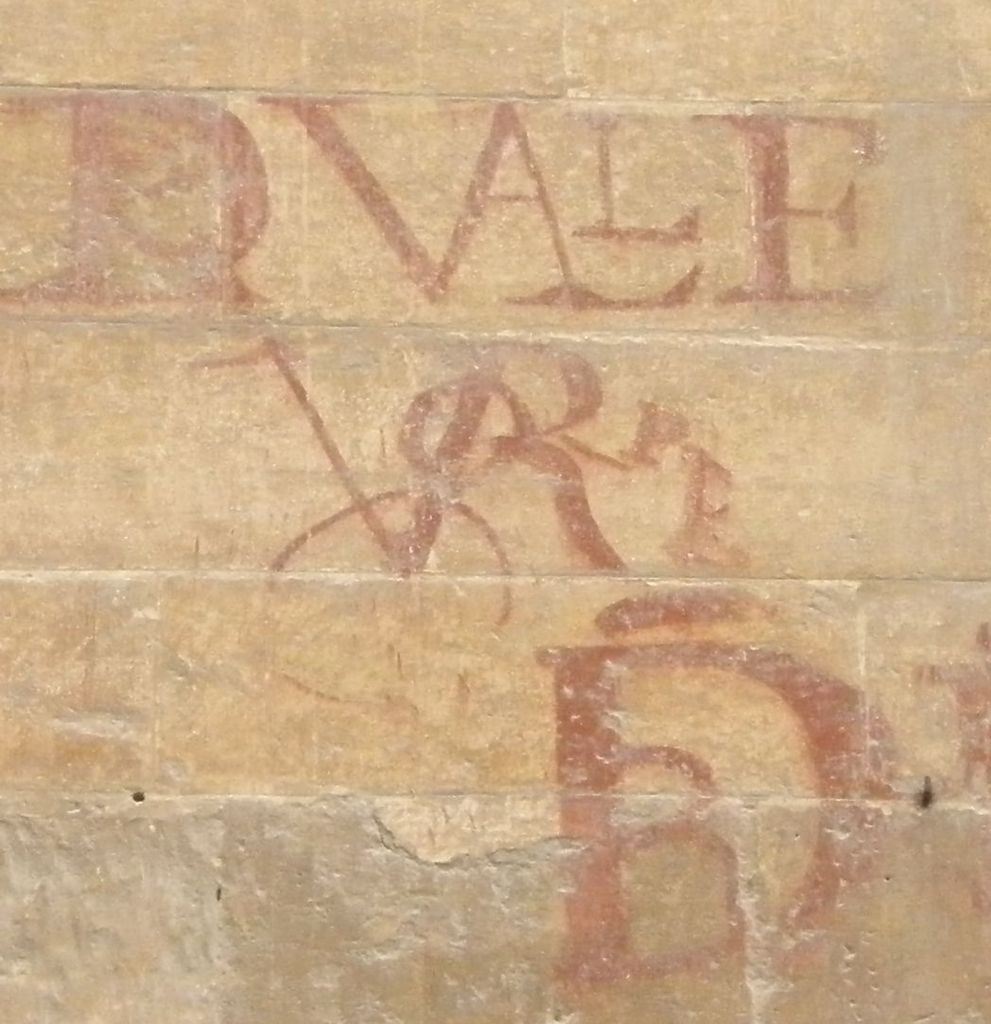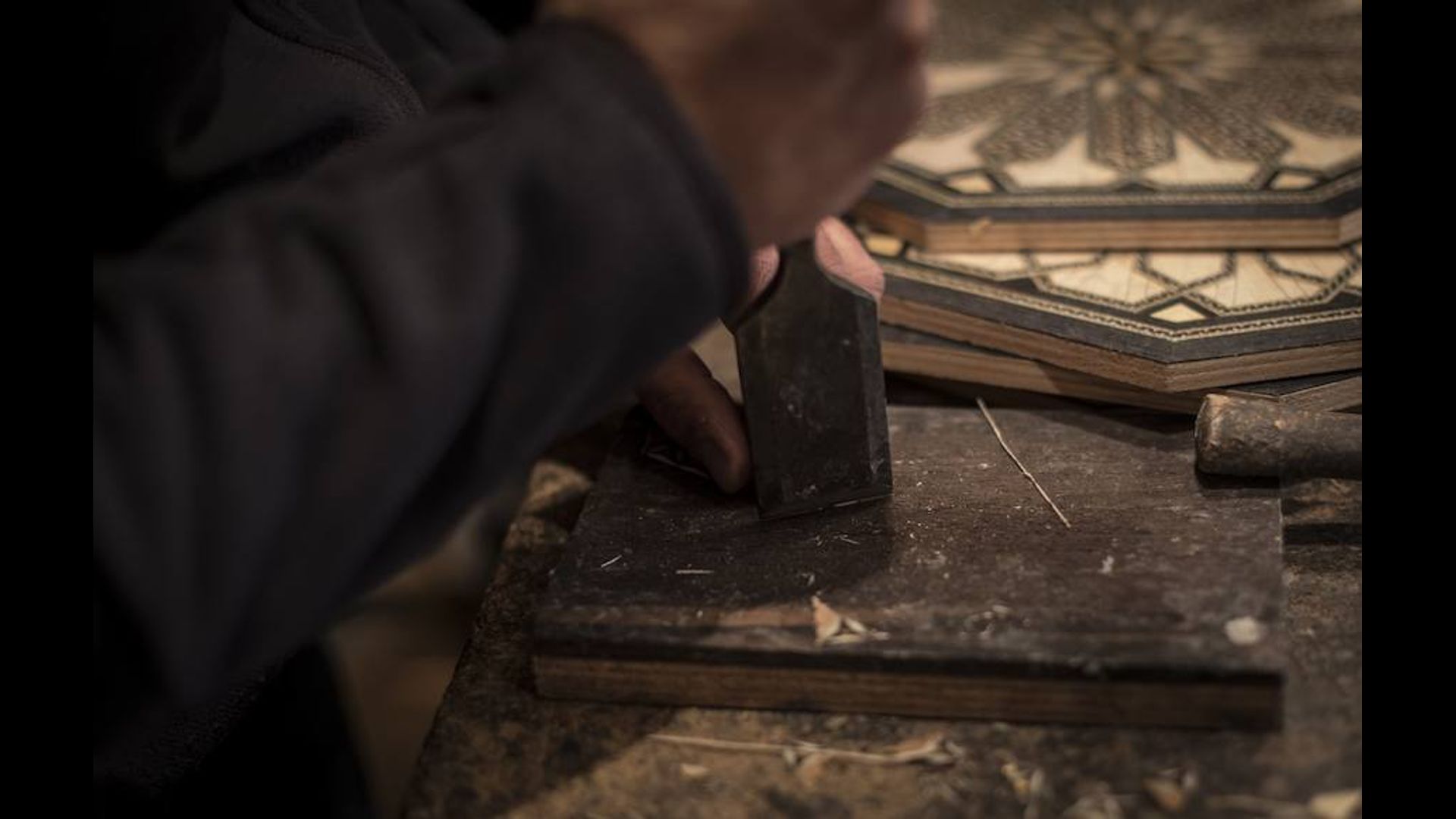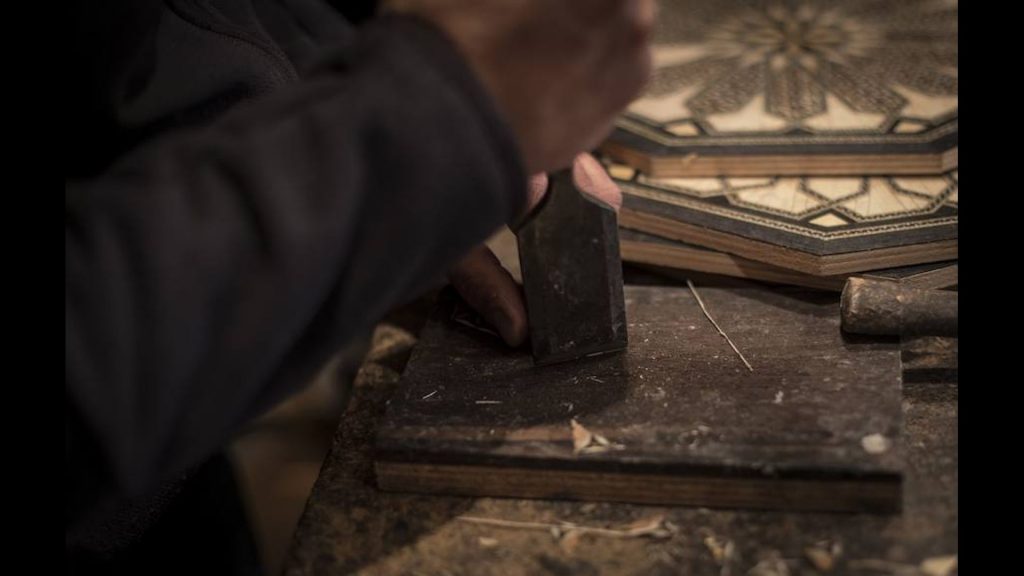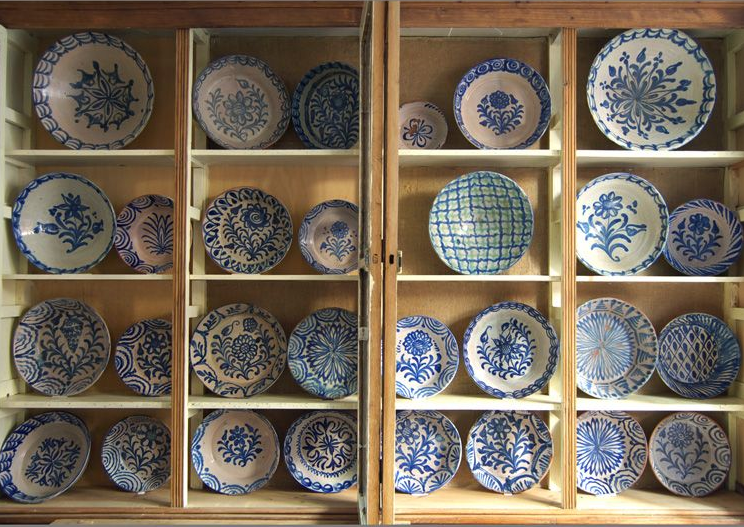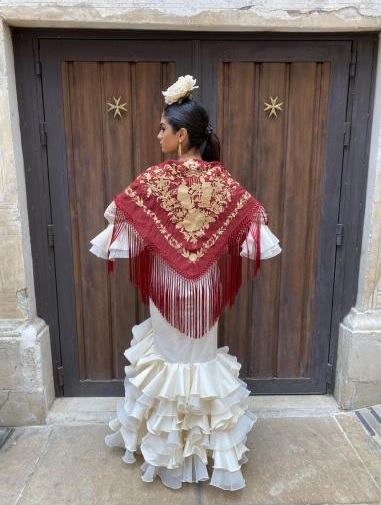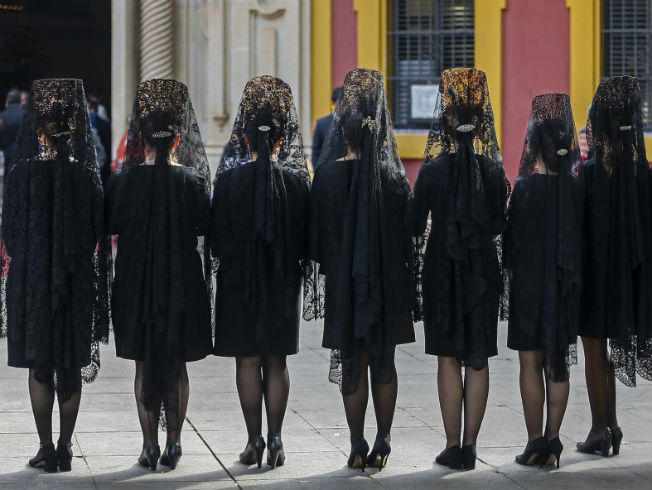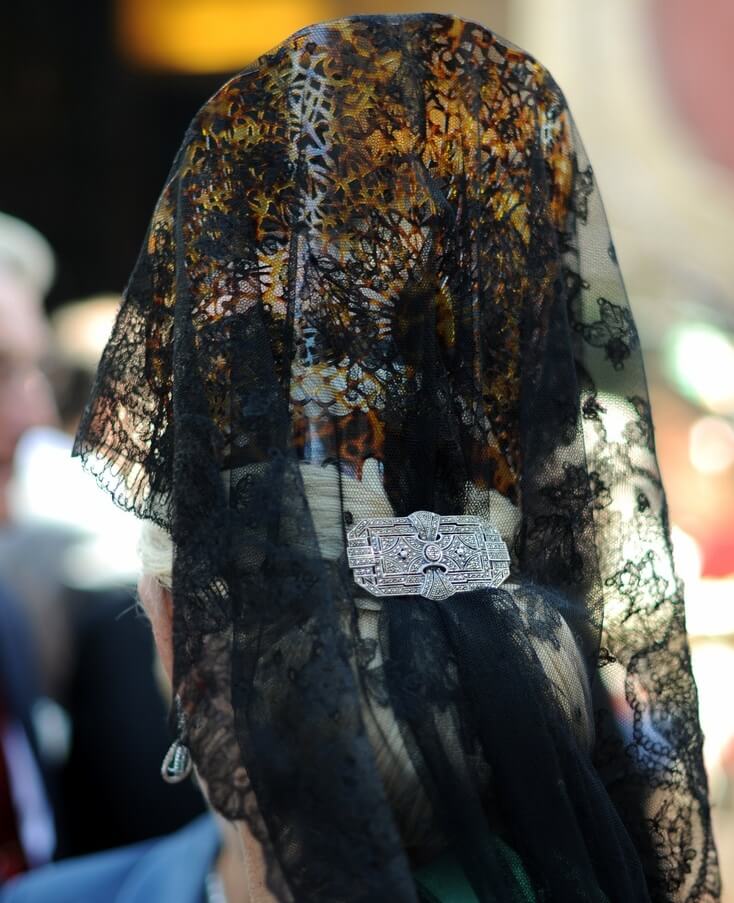¿Lo habéis visitado? ¿Conocéis su historia?
Lo primero y más importante: Es el primer monasterio que se construyó en Granada tras la conquista de la ciudad por los cristianos.
¿La cambiaron de sitio? ¿La Virgen de las Angustias no era la portada original?
Si, la desplazaron de lugar desde Santa Fe a Granada, la primera piedra que colocaron de esa infraestructura fue en 1504 por Diego de Siloé, aunque participaron otros arquitectos y artistas entre los cuales estaban El Mozo, Pedro de Orea y Pablo de Rojas de nuestra escuela granadina.
En la actualidad preside en el monasterio una imagen de la Virgen de las Angustias, pero lo interesante es que no era originalmente esta portada la que había.
Es la primera infraestructura en consagrarse a la Inmaculada Concepción de María.
Estructura del Monasterio de San Jerónimo
Tiene una planta de cruz latina, con un coro más elevado en los pies y un altar tras una amplia escalinata.
La rica decoración renacentista que tiene, con casetones, veneras y grupos escultóricos, otra curiosidad es que el programa de iconografía fue pensado para resaltar las grandezas militares y la heroicidad del Gran Capitán, que se halla enterrado junto a su esposa en el crucero.
¿Restaurada varias veces? ¿Guerras e invasiones?
Tras varias guerras, como la invasión francesa y la expulsión de la Orden Jerónima, llevando casi a la ruina el monasterio el Estado decidió su restauración 1916-1920 y en 1973 se vuelve a erigir la torre de la iglesia, tras su caída por los franceses en la invasión napoleónica.
Ven a visitarlo
En Granada Selected Tours ofrecemos visitas guiadas para conocer, no solo el Monasterio de San Jerónimo, sino parte de Granada y el Monasterio de la Cartuja
Una visita de 2h 30m de duración que incluye guía privada en tu idioma y transporte.
Cómo llegar:
📍Calle Rector Lopez Argüeta 9, Granada
Autobús de Granada: Línea 25, U2 y U3, la parada `Gran Capitán´.
Si hacéis la visita con nosotros no tendréis que preocuparos por la dirección, os recogeremos directamente en el hotel.




